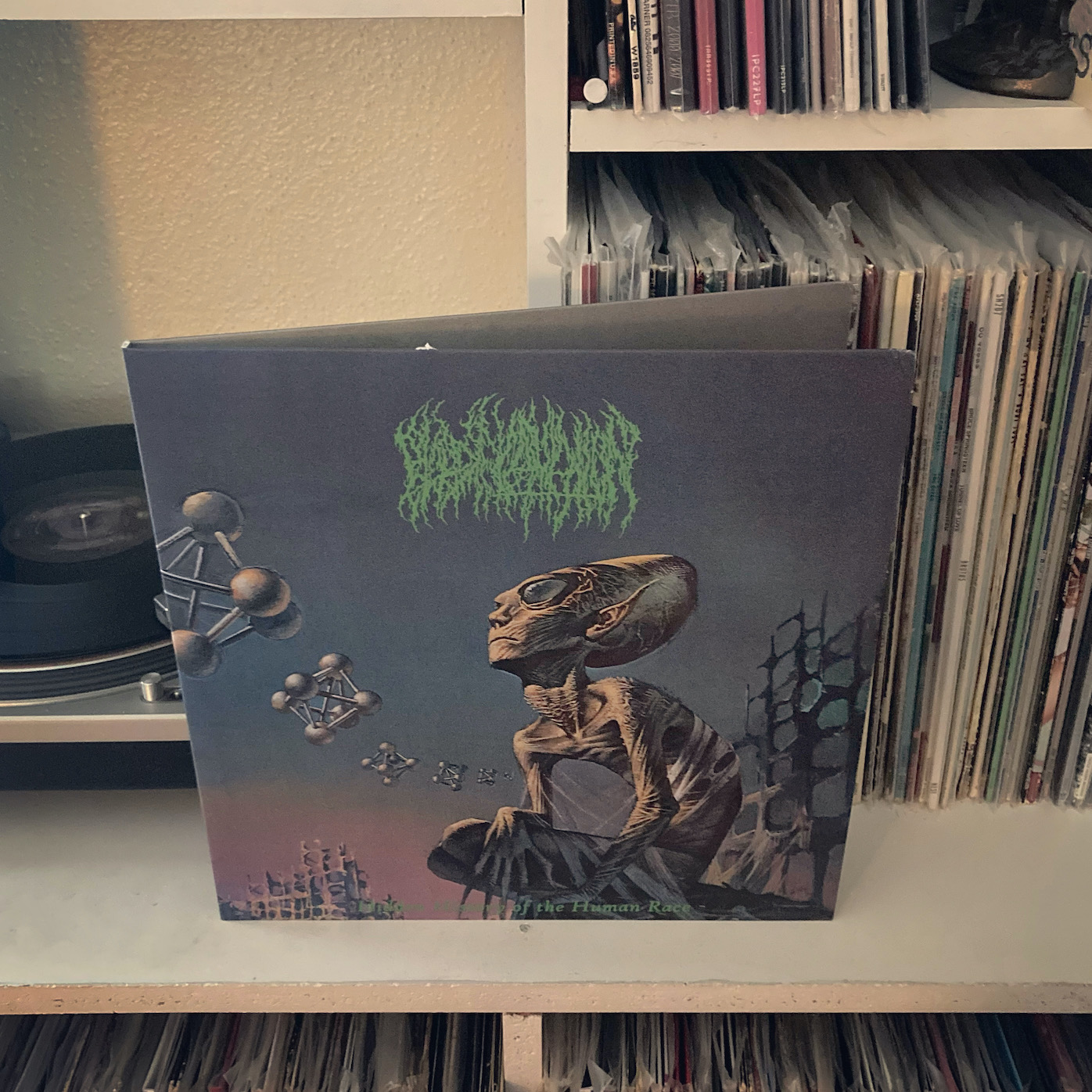 As much as I love metal, I don’t usually mess around with technical death metal. By and large, I’m not totally interested in musical pissing contests to see how fast and brutal a band can play.
As much as I love metal, I don’t usually mess around with technical death metal. By and large, I’m not totally interested in musical pissing contests to see how fast and brutal a band can play.
But I’ve faced a new mystery lately. I’ve had trouble sleeping on and off my whole life, and while it’s not a new thing for me to wake up in the middle of the night, it is a new thing for me to wake up to vinyl purchases that I don’t remember making. These purchases are usually albums that I’ve been meaning to listen to but haven’t yet. The first was Smashing Pumpkins’ Adore, and for the most part, my subconscious purchases have been on a hot streak.
So when I woke up to this order, I thought perhaps Sleepytime Nat had finally stumbled. After all, he should know I’m not into tech death, right?
But to my surprise, this album is staggering. Blood Incantation manages to avoid the pitfalls that ensnare so many of their contemporaries. They don’t abandon the conventions of the genre, but they aren’t limited by them either. They stretch into ambient, psychedelic, and prog, creating an album that feels truly transcendental.
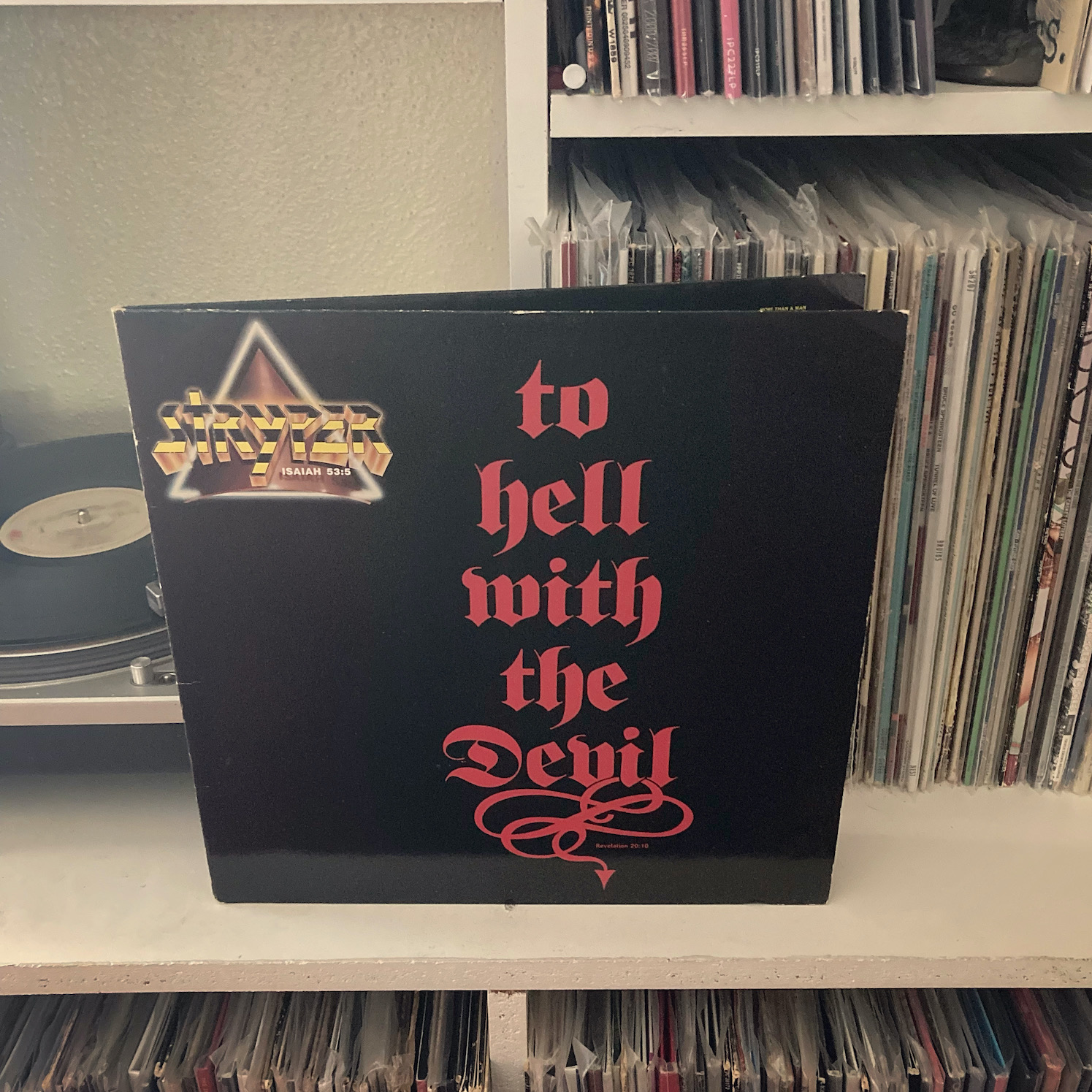
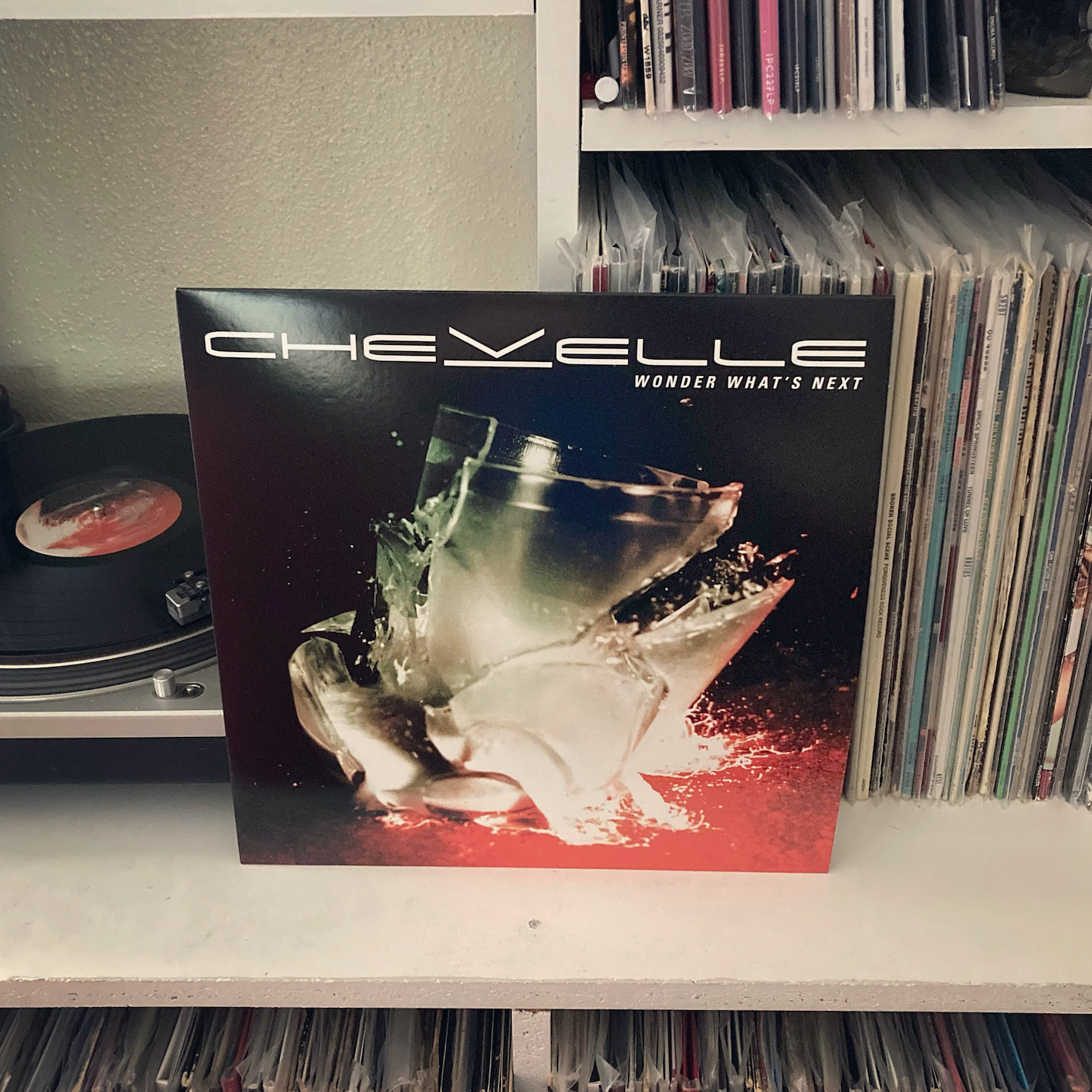
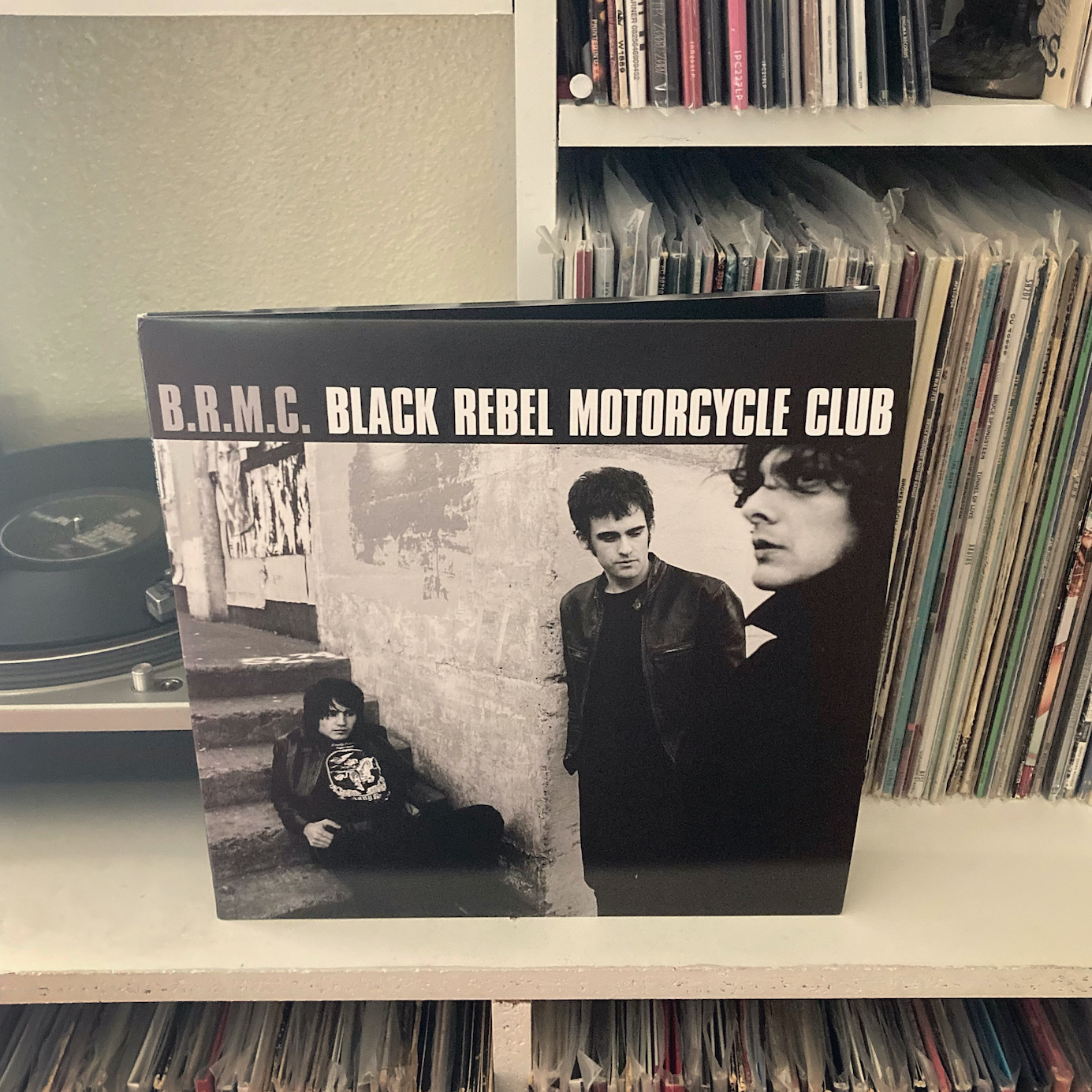 The phrase “style over substance” is often thrown out as a pejorative—especially in music critique. But to use that phrase as an insult misses just how much weight style can carry when done right.
The phrase “style over substance” is often thrown out as a pejorative—especially in music critique. But to use that phrase as an insult misses just how much weight style can carry when done right. The very first time I heard
The very first time I heard  In the late 1980s, a young group of musicians in Palm Desert, California cut their teeth playing “generator parties.” Small crowds would gather in the desert with gasoline generators and copious amounts of beer and cannabis. And into these sparse, potsmoke filled wastelands, stonerrock pioneers Kyuss would play directly to the crowds, free of the politics of club owners and venue promoters.
In the late 1980s, a young group of musicians in Palm Desert, California cut their teeth playing “generator parties.” Small crowds would gather in the desert with gasoline generators and copious amounts of beer and cannabis. And into these sparse, potsmoke filled wastelands, stonerrock pioneers Kyuss would play directly to the crowds, free of the politics of club owners and venue promoters.
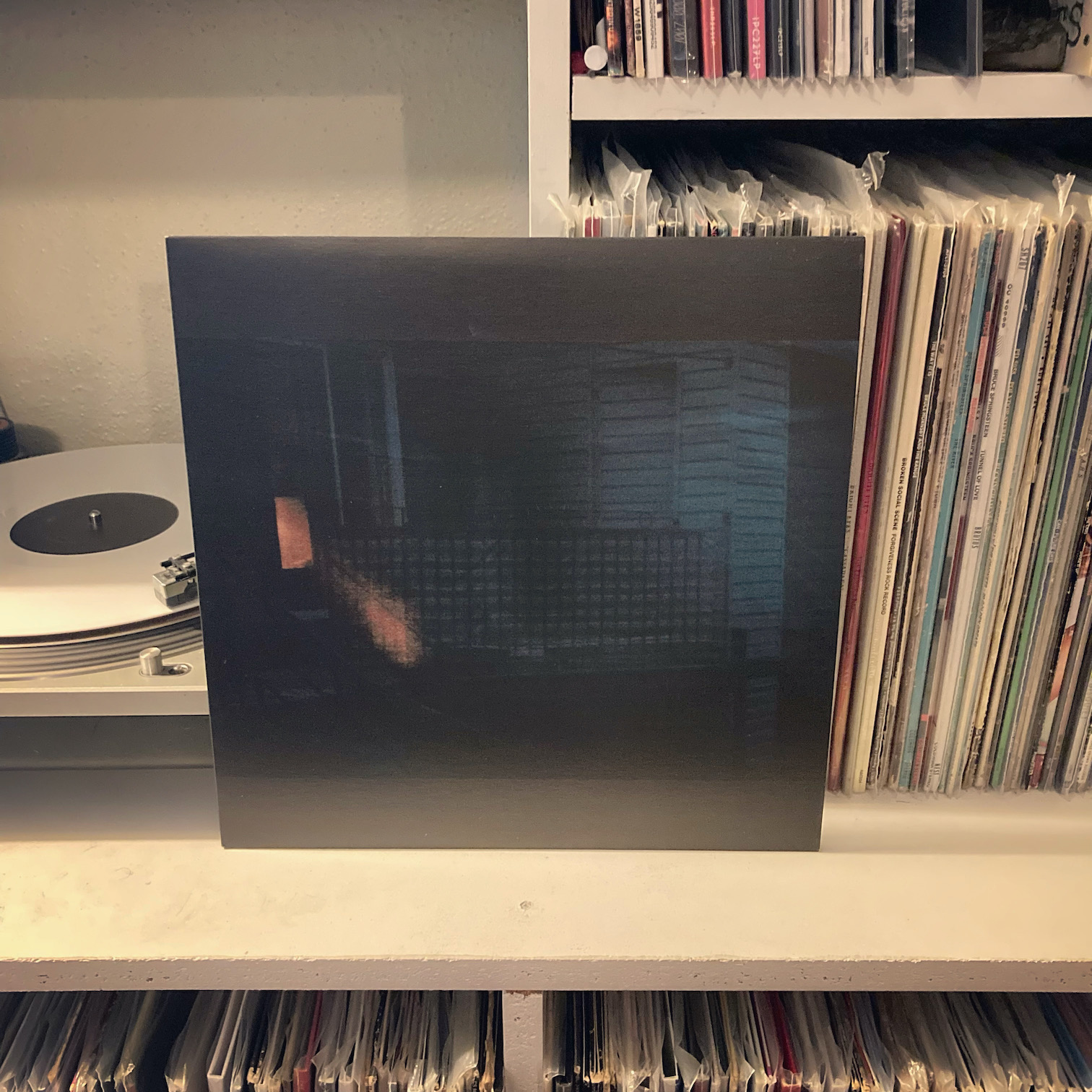
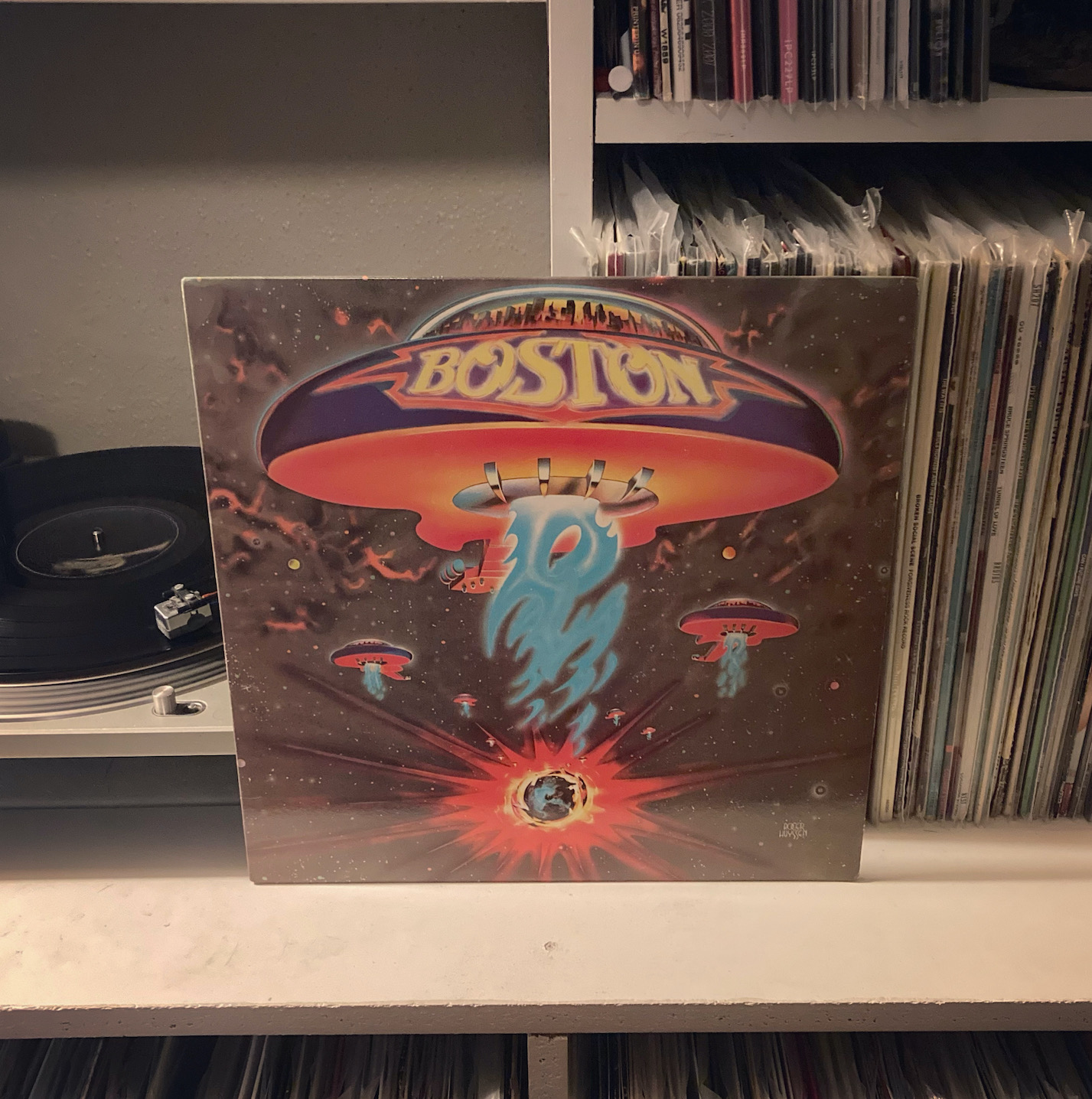
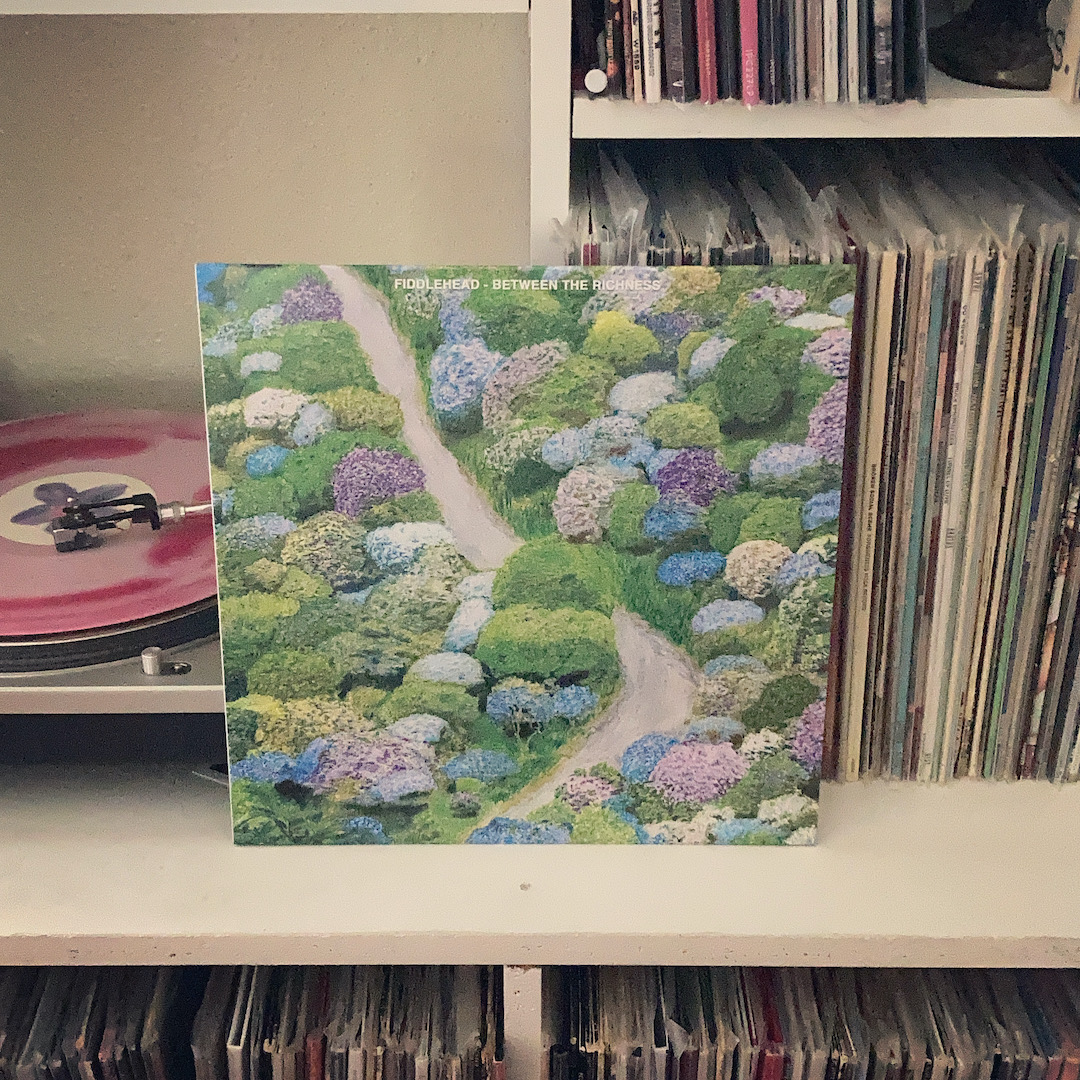 In 2018, members of hardcore legends Have Heart and post-hardcore heroes Basement released
In 2018, members of hardcore legends Have Heart and post-hardcore heroes Basement released